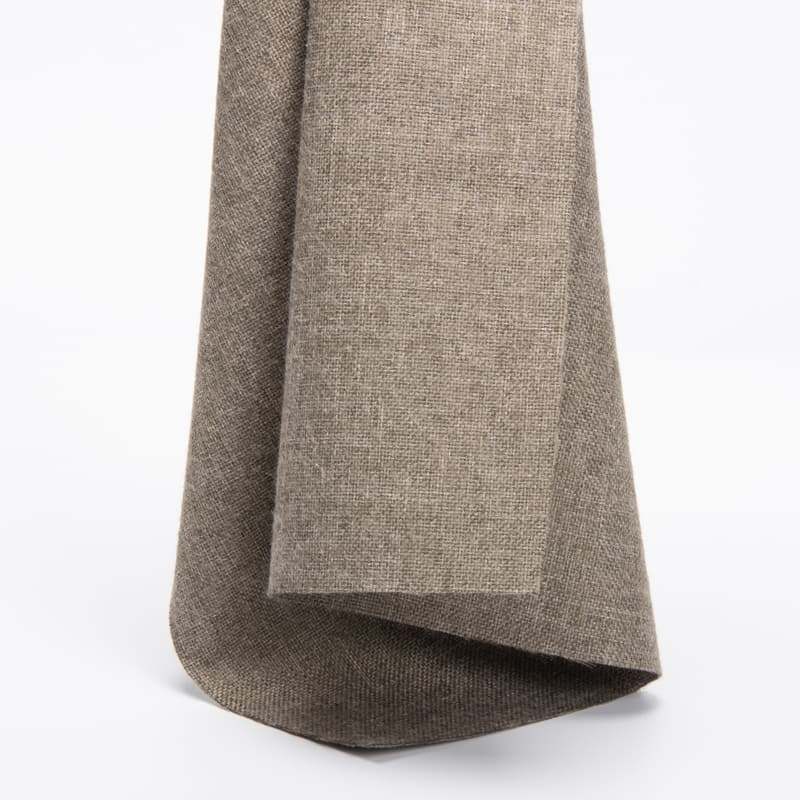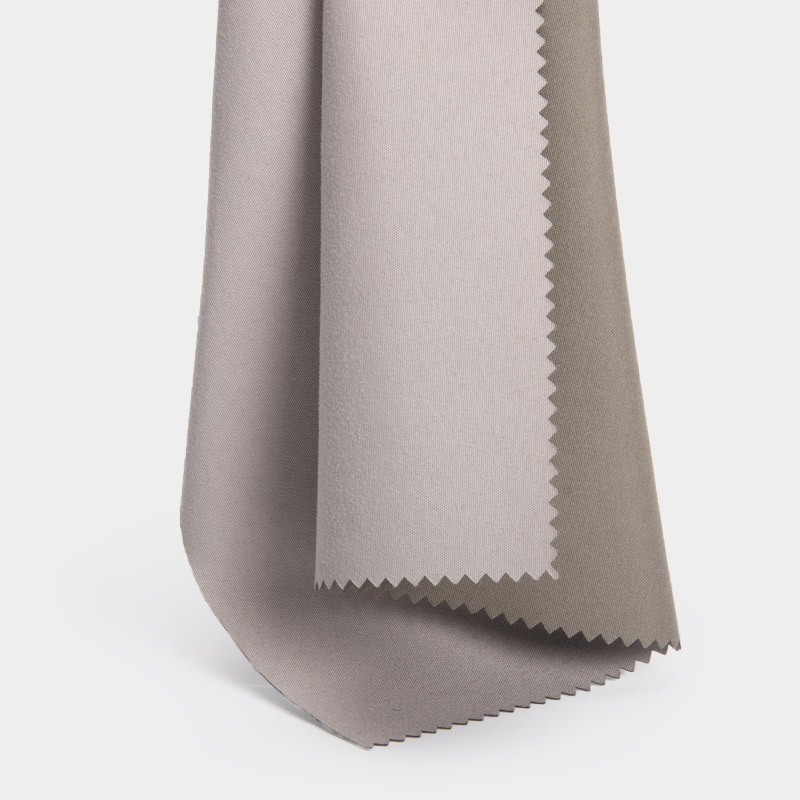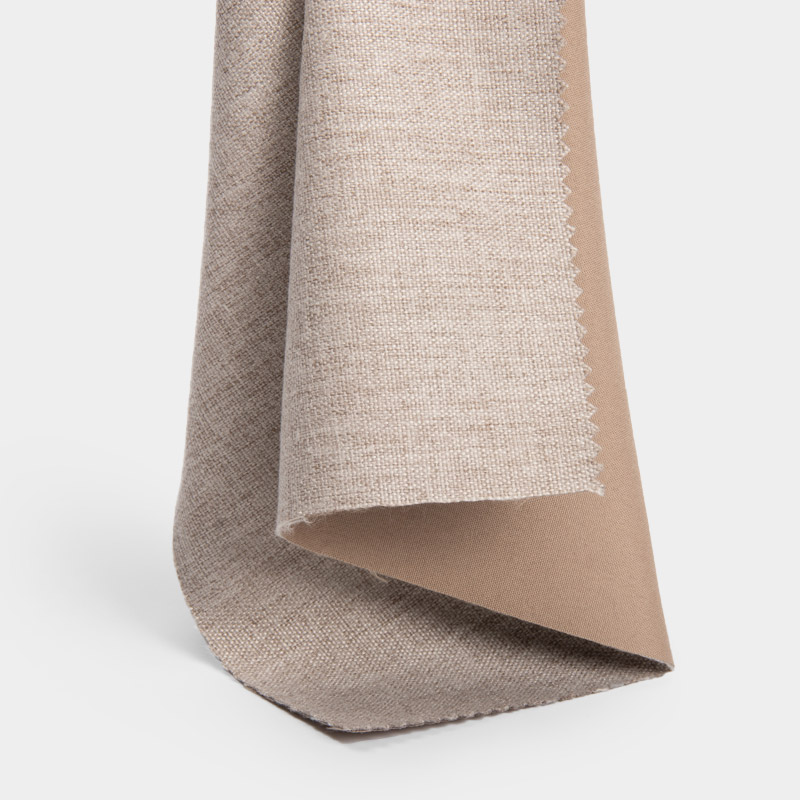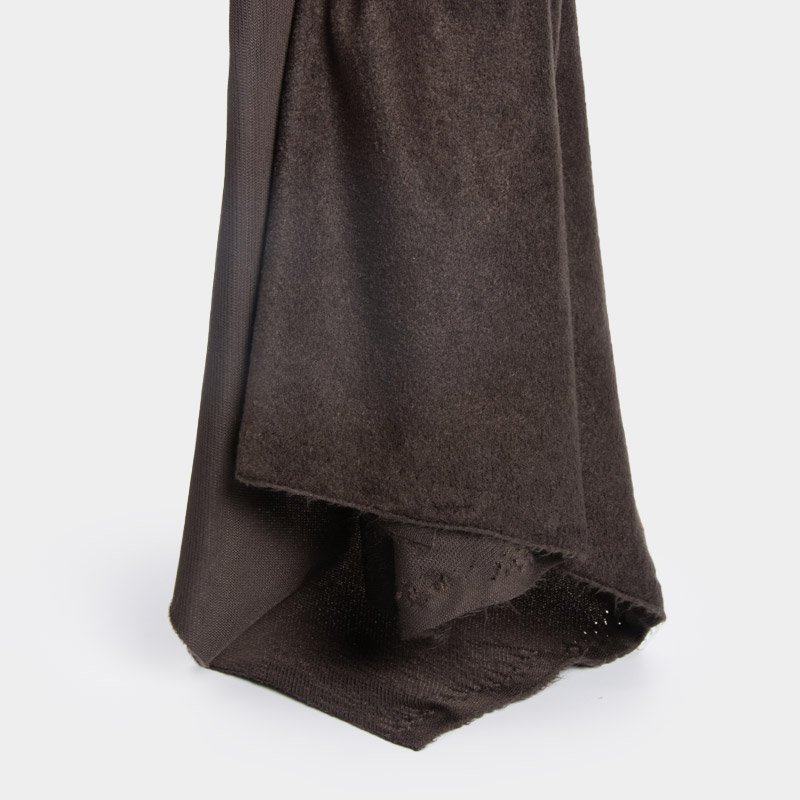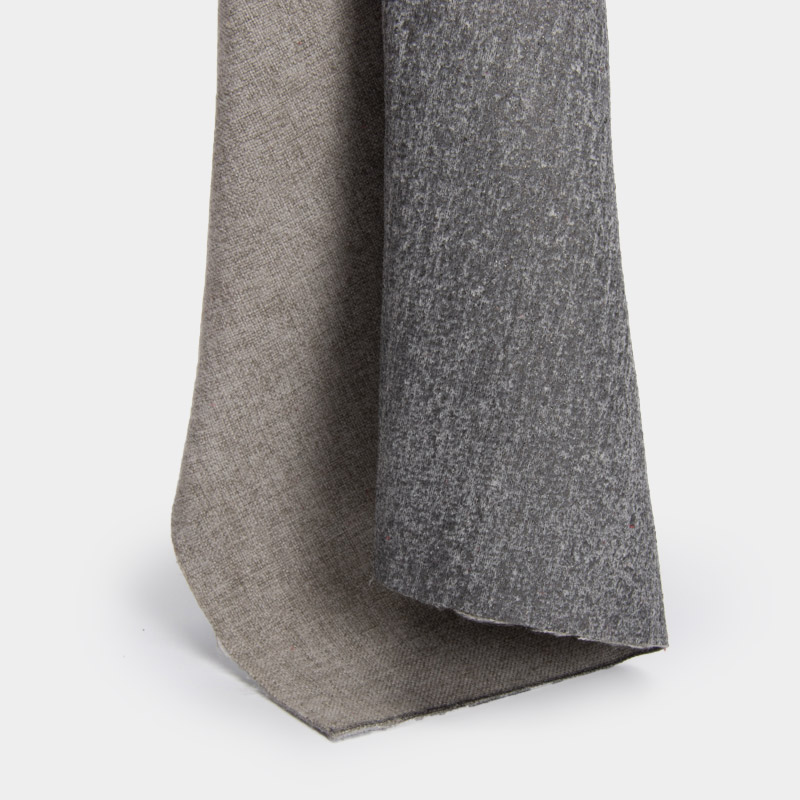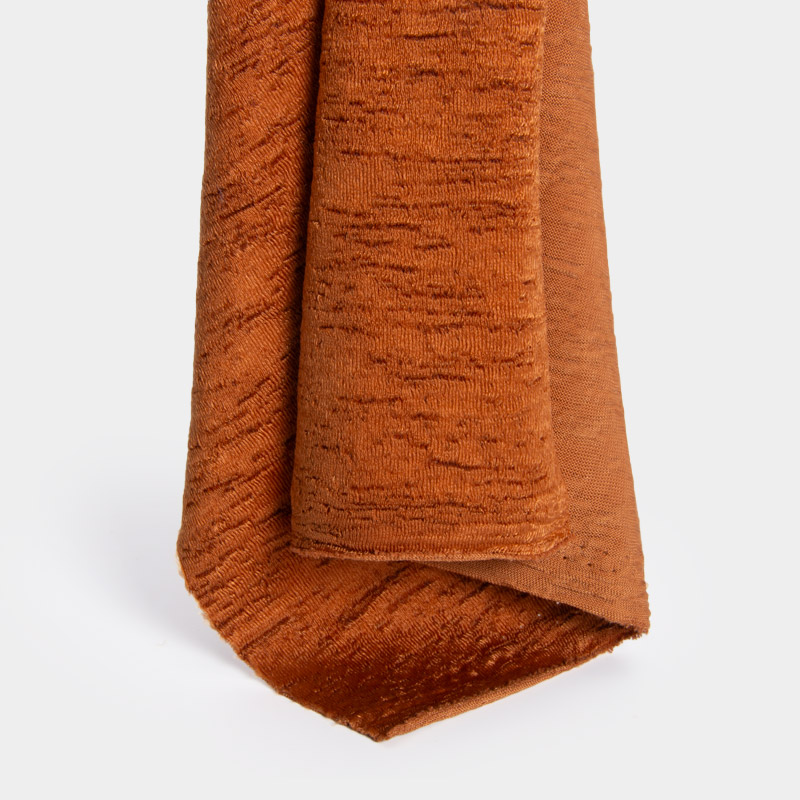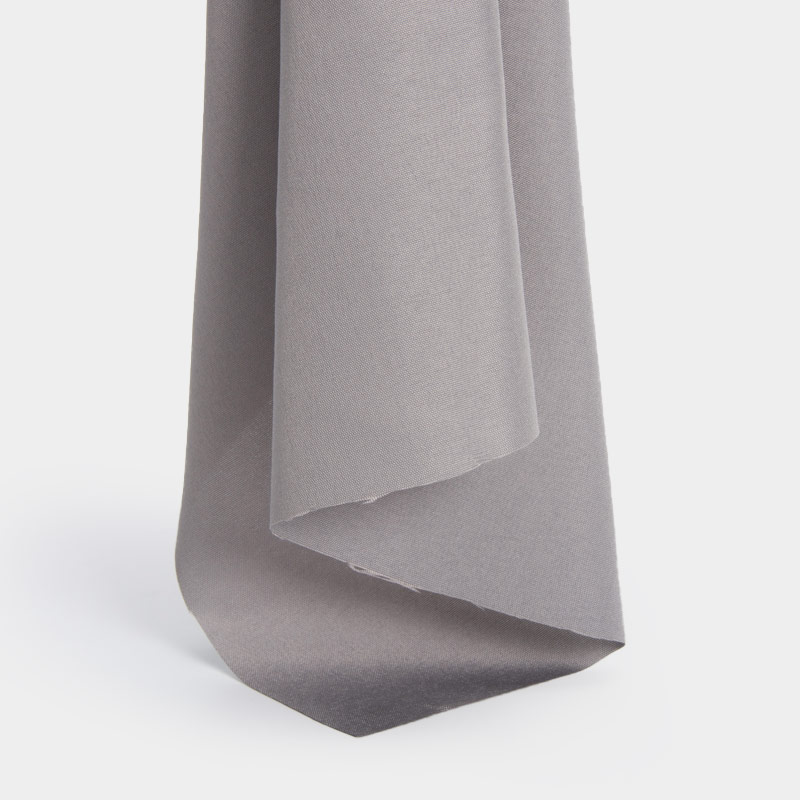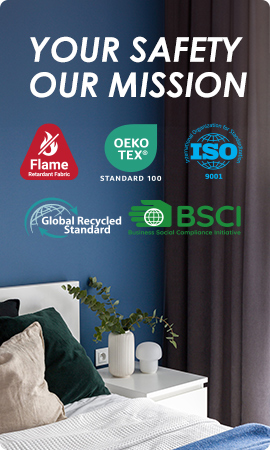Fabric Selection Decoded: How to Select Your Suitable Fabrics for Garment Pros

Traditional fabric selection methods are no longer effective in today’s fast-changing fashion industry. With rising consumer demands for sustainability, comfort, and quality, relying on old techniques just won’t cut it anymore. So, how do you choose the right fabric for your clothing business? In this article, we’ll simplify the fabric selection process, helping you make smarter choices to improve your brand and products.
Choose Fabrics Based on Their Function
Flame Retardancy
Flame-retardant fabrics resist ignition and slow fire spread. Choose them for enhanced safety in high-risk environments.
Anti-Aqua
Waterproof fabrics repel moisture, keeping you dry. They’re ideal for outdoor gear or rainy conditions.
Anti-Bacterial
Antibacterial fabrics prevent bacterial growth, reducing odors and infections. Select them for hygiene-focused applications like medical wear.
Anti-UV
UV-resistant fabrics block harmful ultraviolet rays. Use them for outdoor clothing to protect skin from sun damage.
Heat and Cold Protection
Insulating fabrics retain warmth, while cooling ones regulate temperature. Pick them for comfort in extreme weather conditions.
Choose Fabrics Based on Brand Positioning
Luxury Brands
Wool is a top choice for luxury brands due to its warmth, durability, and elegant texture. Ideal for suits and coats, it resists wrinkles and holds shape.
Silk offers a smooth, shiny finish for luxury dresses, scarves, and ties. It’s lightweight, breathable, and hypoallergenic.
Casual Wear
Nylon’s durability and elasticity suit casual leggings and jackets. It’s lightweight, ensuring comfort and style.
Children’s Clothing
For children’s clothing, softness, safety, antibact and durability are key. Organic cotton is chemical-free and gentle on the skin. Viscose is breathable and moisture-wicking, while polyester + spandex is stretchy and tear-resistant, perfect for active kids.
Elderly Clothing
Elderly clothing needs warmth, easy wear, and anti-static features. Cashmere/wool is warm and lightweight. Polyester + conductive fibers prevent static, and cotton-linen blends are breathable and comfortable for everyday use.
Workwear/Uniforms
Workwear needs durability, stain resistance, and tear protection. Oxford fabric is tough and water-resistant. Polyester-coated fabrics are oil-resistant, and nylon is strong, making it great for safety uniforms.
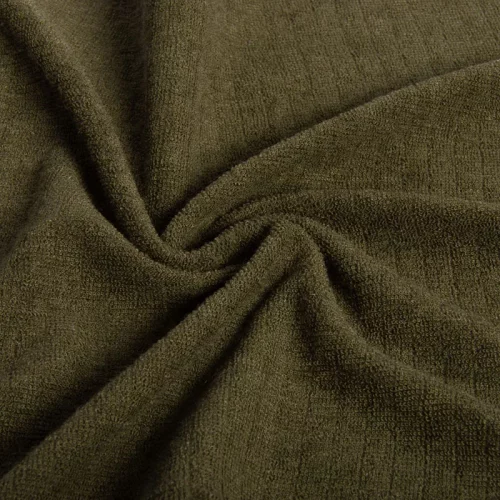
Choose Fabrics Based on Its Applications
Sportswear
Spandex blends offer stretch and shape retention, ideal for yoga pants, gym shorts, and compression gear, ensuring flexibility and comfort during activities.
Business Formal Attire
Wool’s refined look, wrinkle resistance, and temperature regulation make it perfect for tailored suits that project professionalism.
Polyester blends are durable, affordable, and resist shrinking and wrinkling, maintaining a polished look for office wear.
Outdoor Wear
Nylon’s strength and water resistance make it ideal for hiking pants, raincoats, and tents, suited for tough outdoor conditions.
Polyester resists UV rays and dries quickly, often blended for better breathability and insulation in outdoor gear.
Five Properties for Evaluating Fabric Choices
Property 1: Flame Retardant Standards
Select fabrics meeting these flame-retardant standards for safety: ISO 15025, EN 13501-1, NFPA 701, ASTM E84, UL 94, IMO FTP Code. Ensure ignition resistance and low flame spread for apparel, interiors, or transport.
Property 2: Durability, Washability
Fabrics must be durable to resist wear, washable to retain quality after cleaning in industries like hospitality and transportation.
Property 3: Cost-Effectiveness Assessment
Balance fabric quality with budget. Ensure materials meet design needs cost-effectively, like customizable blackout fabrics with light-blocking properties.
Property 4: Environmental Sustainability Considerations
Sustainability is now a key factor in fabric selection, with consumers seeking eco-friendly products. Fabrics like Tencel and organic cotton are biodegradable, reducing environmental impact during production and disposal.
Property 5: Delivery Capability and Reliability
Timely delivery of raw materials ensures uninterrupted production schedules. Reliable suppliers who consistently meet deadlines contribute significantly to maintaining operational efficiency across garment manufacturing processes.
| Property | Description |
| Flame Retardancy | Meet ISO 15025, EN 13501-1, NFPA 701, ASTM E84, UL 94, IMO FTP Code for fire safety. |
| Durability, Washability | Pick wear-resistant, washable fabrics for hospitality, transport. |
| Cost-Effectiveness | Balance quality, cost with fabrics like blackout for design. |
| Sustainability | Use eco-friendly, biodegradable Tencel, organic cotton. |
| Delivery Reliability | Ensure timely, reliable material delivery for production. |
How to Choose Fabrics for Your Garment Business
Step 1: Research Fabric Types
Understand fabric types like cotton, linen, silk, and synthetic fibers (e.g., polyester, nylon). Each has unique properties suited to different garments. Specialized fabrics, like blackout fabric, come in varieties like coated, woven, and flame-retardant options, catering to specific needs.
Step 2: Attend Fabric Trade Fairs
Fabric trade fairs are great for discovering new materials and suppliers. You can assess fabric quality, learn about industry trends, and network with potential partners for your business.
Step 3: Partner with Full-Supply-Chain Manufacturers
Working with full-supply-chain manufacturers makes sourcing fabrics easier. They handle everything from raw material to finished fabric, ensuring consistent quality and timely delivery.
Selecting Fabrics with BEGOODTEX
1. International Quality Standards Compliance
Ensure your fabric suppliers meet international standards like OEKO-TEX®, ISO, and NFPA 2112 for safety and quality. For example, flame-retardant fabrics are essential for fire-resistant clothing.
2. Supplier: BEGOODTEX
BEGOODTEX offers high-quality fabrics that meet these standards, such as blackout fabrics with light-blocking properties. These fabrics can be customized for various uses, giving you flexible options for your garments.
3. Long-Term Partnership Discounts
Building lasting relationships with suppliers like BEGOODTEX can lead to cost savings through partnership discounts, helping reduce production costs while maintaining high fabric quality.
4. On-Time Delivery Assurance
Timely fabric delivery is essential for meeting production schedules. BEGOODTEX ensures on-time delivery, minimizing supply chain disruptions and improving operational efficiency.
5. Customization Services
BEGOODTEX offers customization services, such as color matching and pattern creation, allowing you to meet specific garment design needs and stand out in a competitive market.
FAQ
Q: How do I choose between natural and synthetic fabrics?
A: Natural fabrics (e.g., cotton, linen, wool) are breathable, eco-friendly, and comfortable but may wrinkle or wear faster. Synthetics (e.g., polyester, nylon) offer durability, stretch, and wrinkle resistance but may lack breathability. Choose based on the garment’s function and desired aesthetic.
Q: What role does fabric stretch play in garment construction?
A: Stretch fabrics (e.g., elastane blends) are ideal for fitted garments like leggings or bodycon dresses, offering flexibility and comfort. Non-stretch fabrics (e.g., woven cotton, linen) suit structured designs like shirts or trousers but may require precise fitting.
Q: How can I test fabric suitability before production?
A: Request swatches to evaluate drape, texture, and stretch. Test for shrinkage, colorfastness, and durability through washing or wear tests. Create a sample garment to assess fit and performance.

